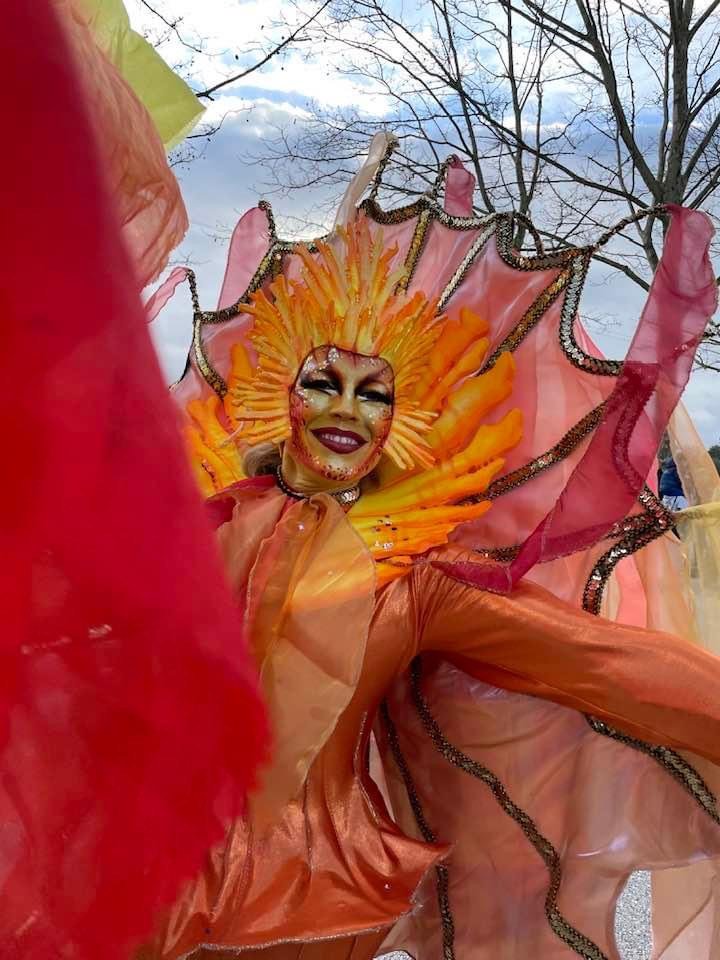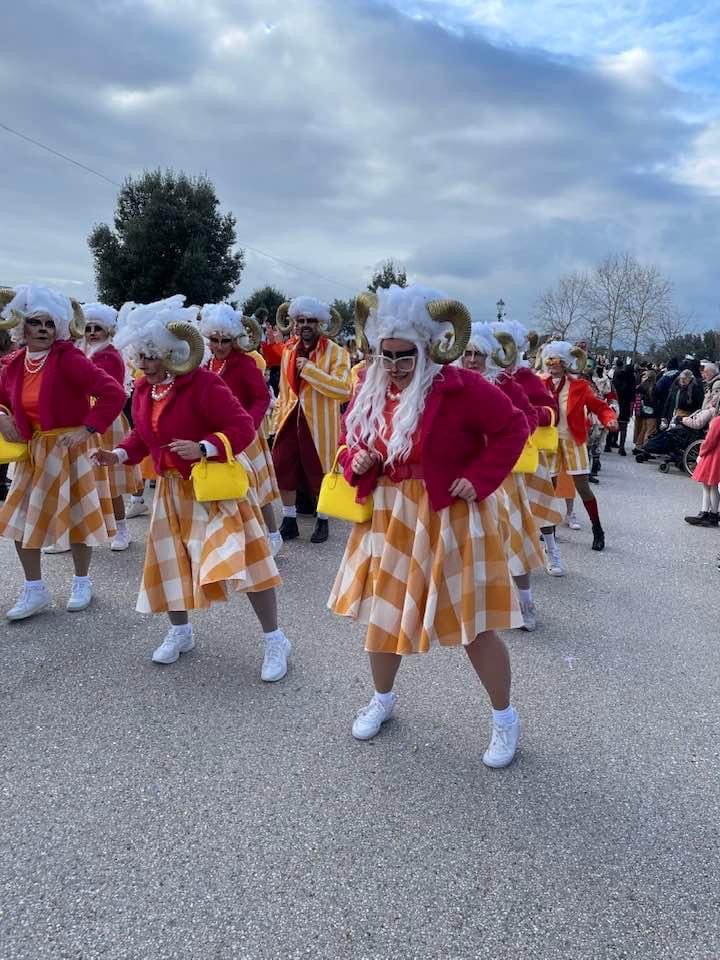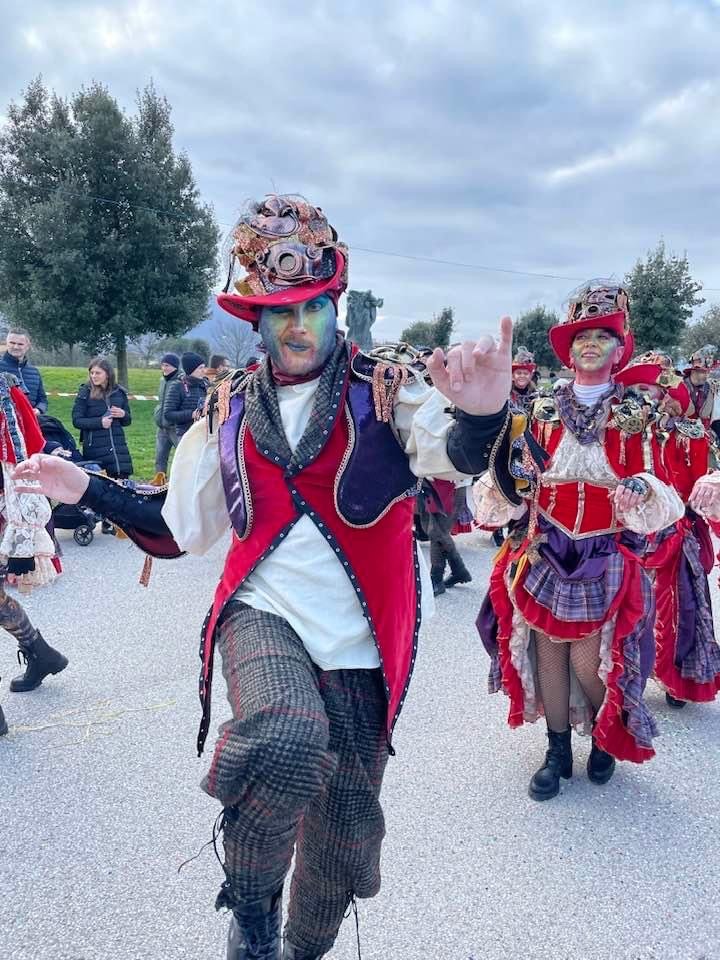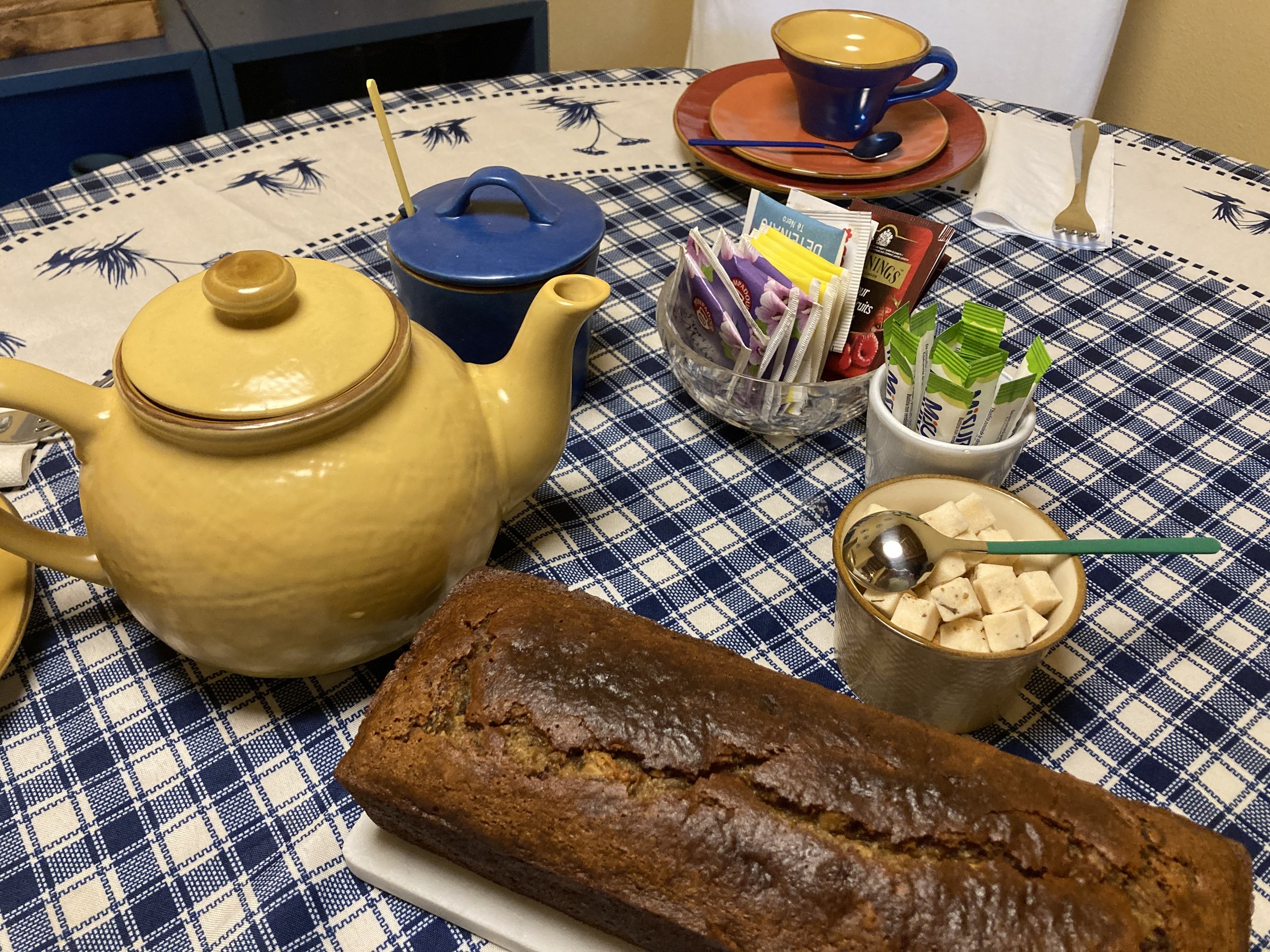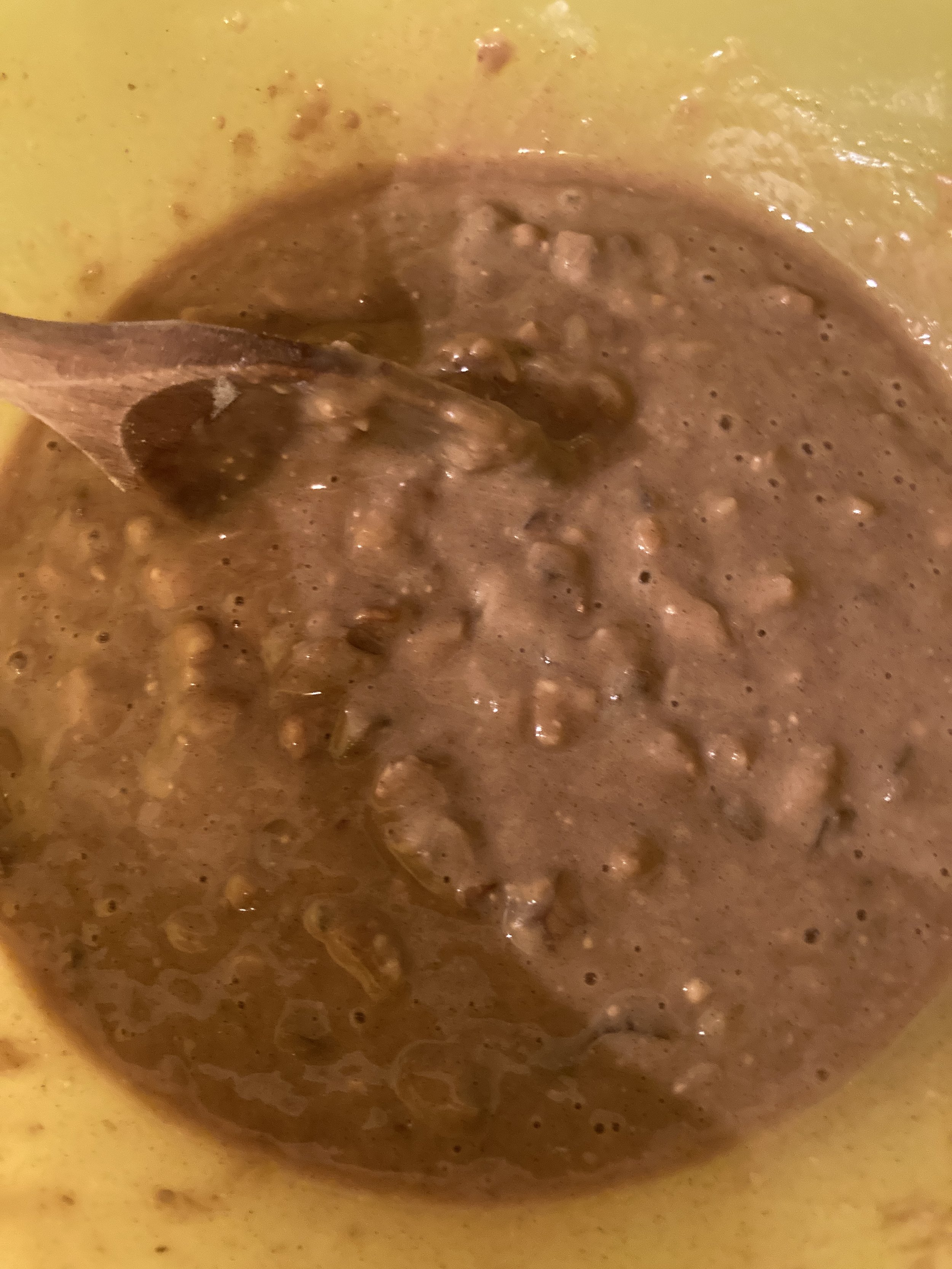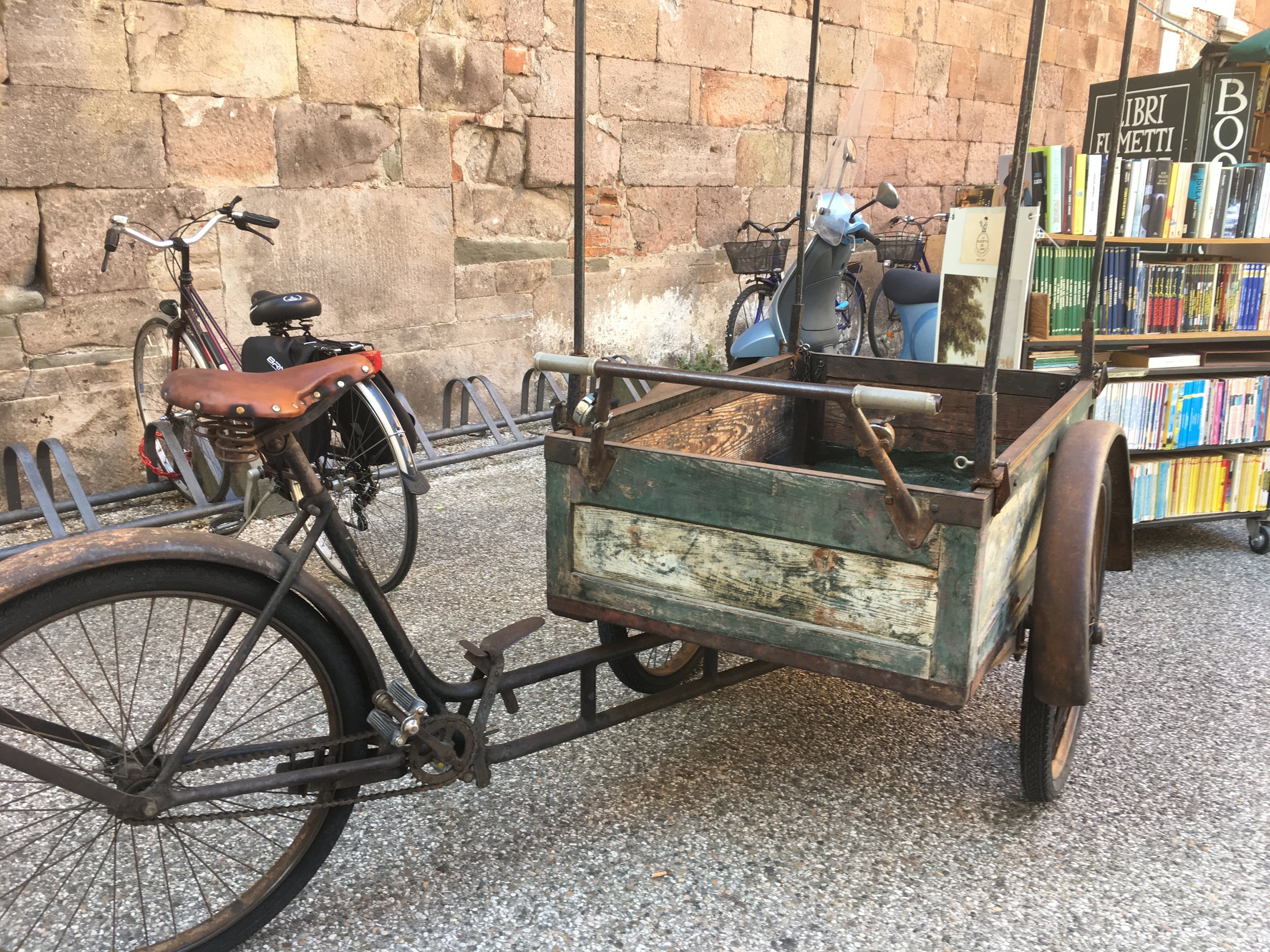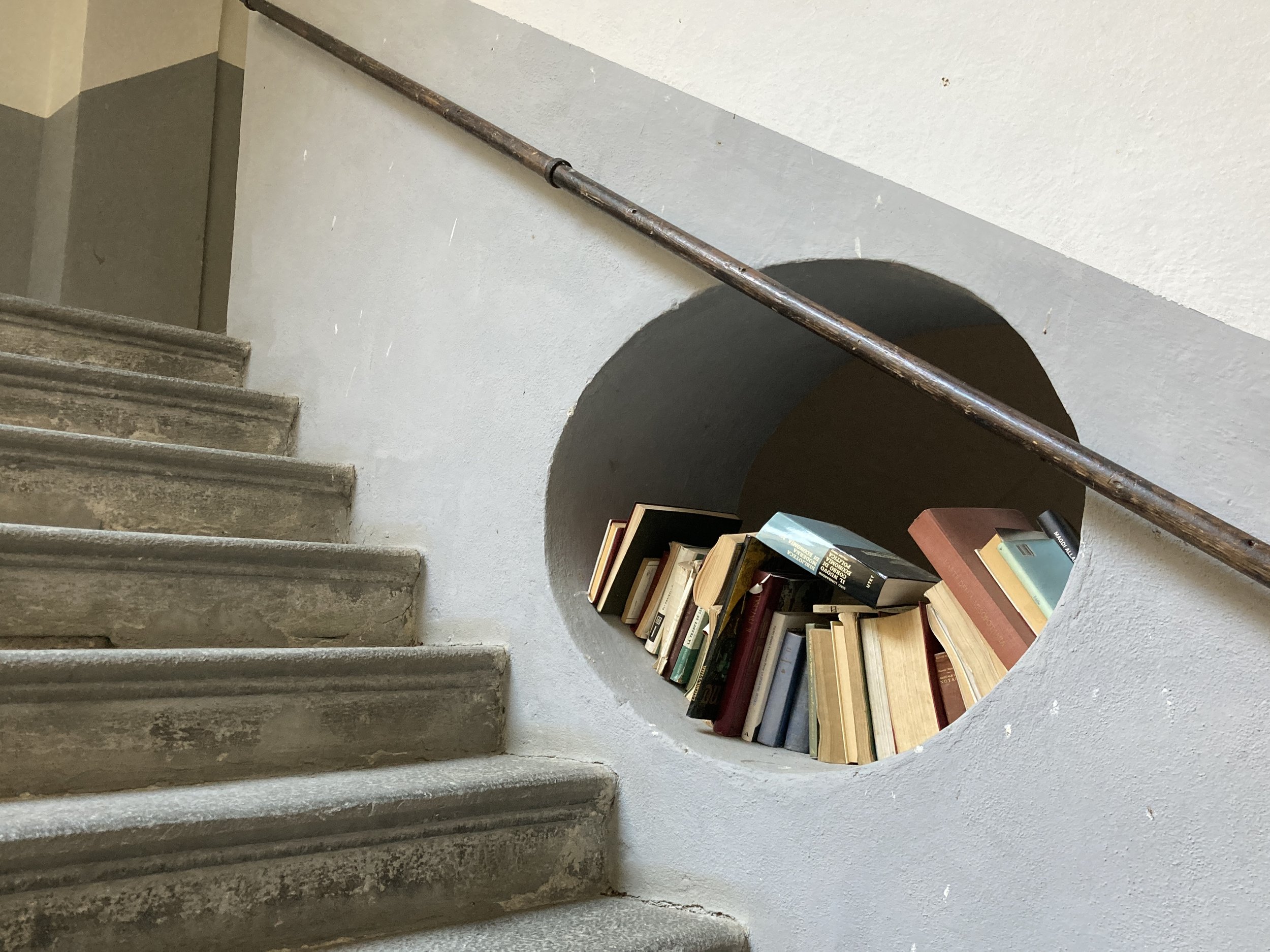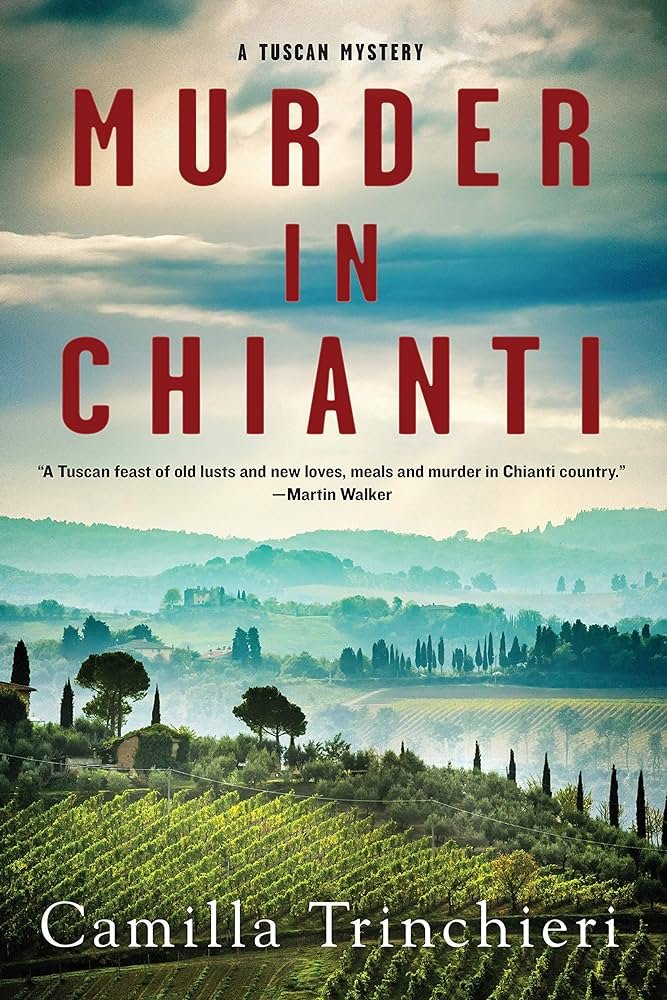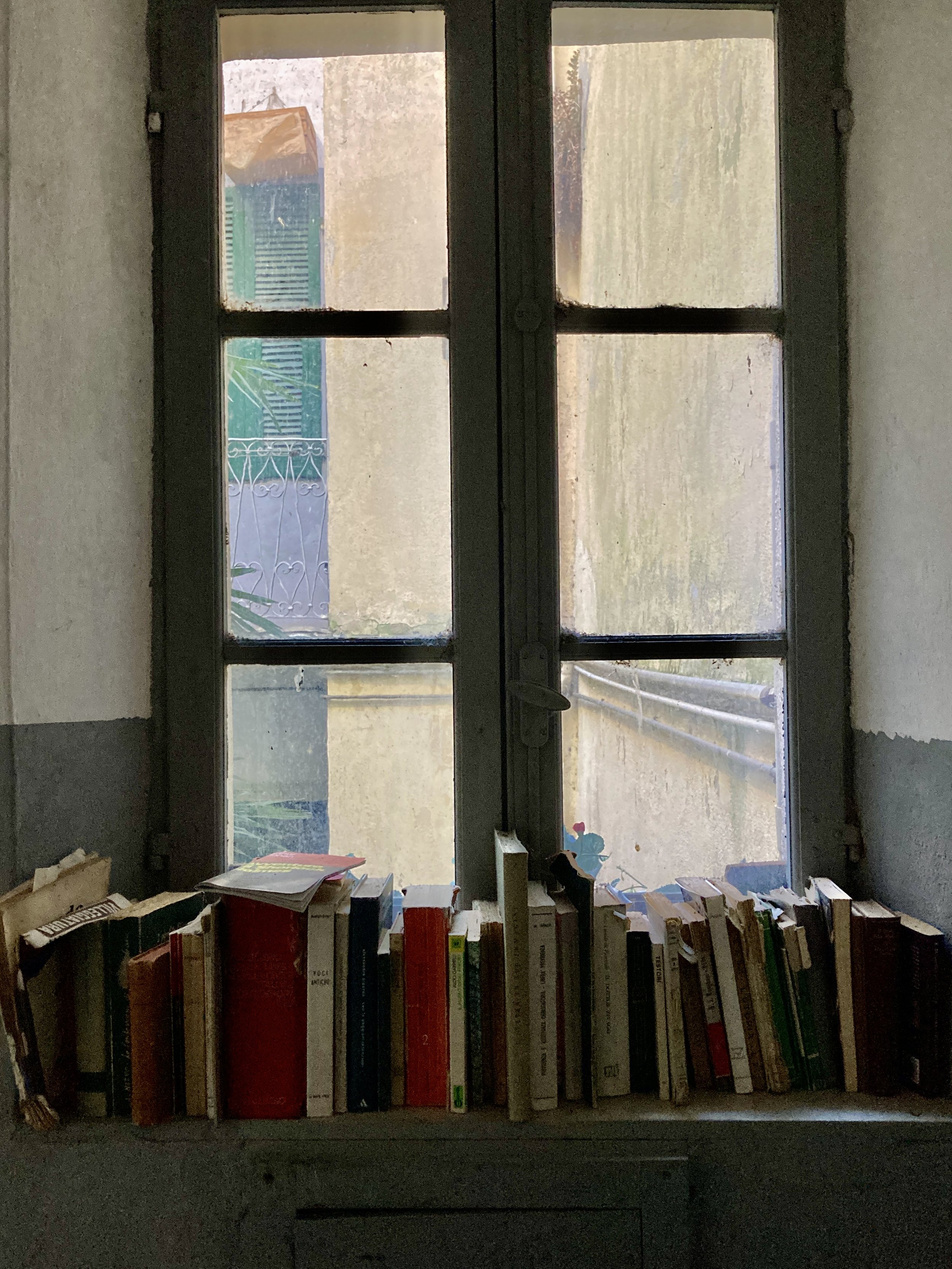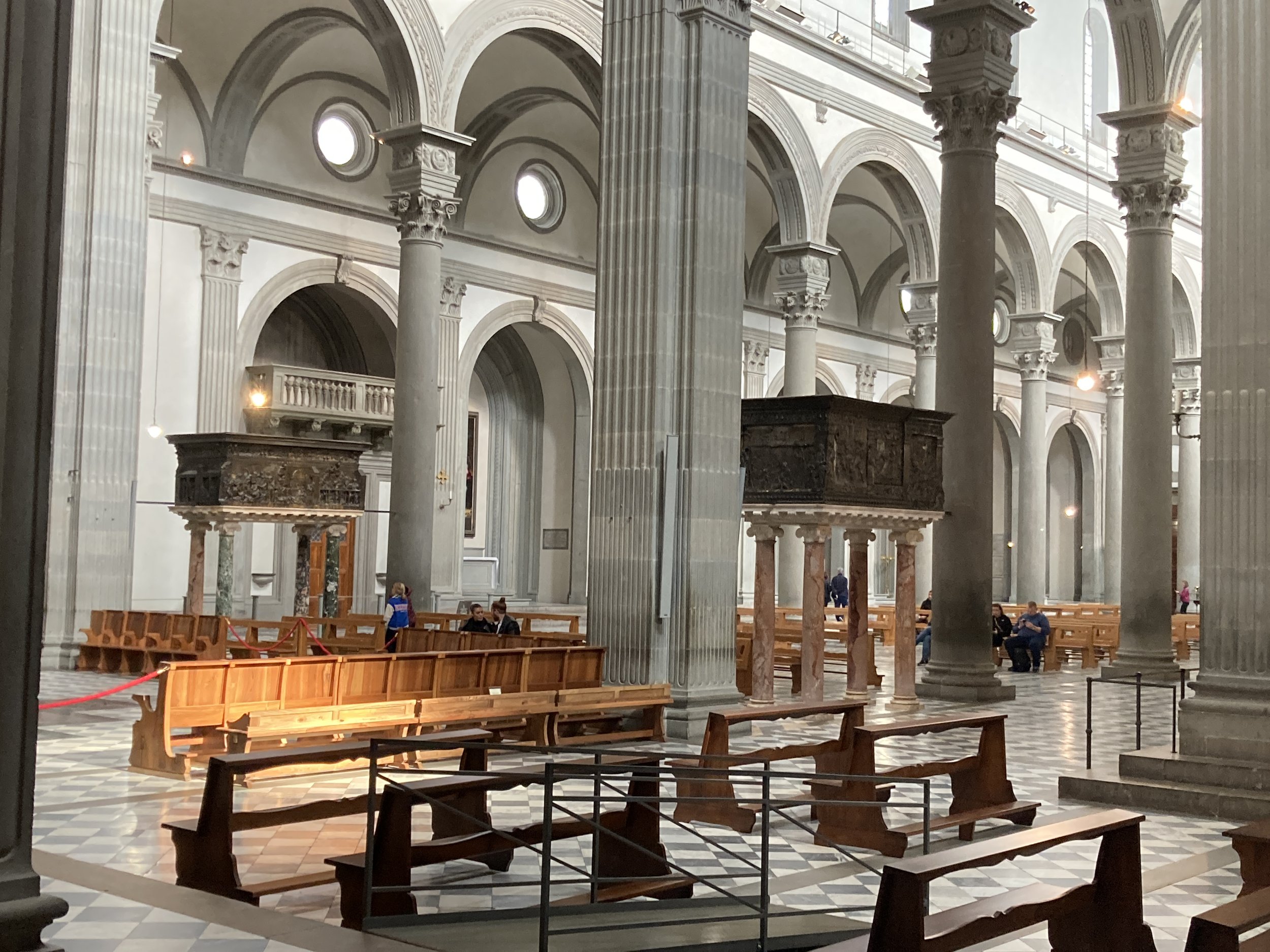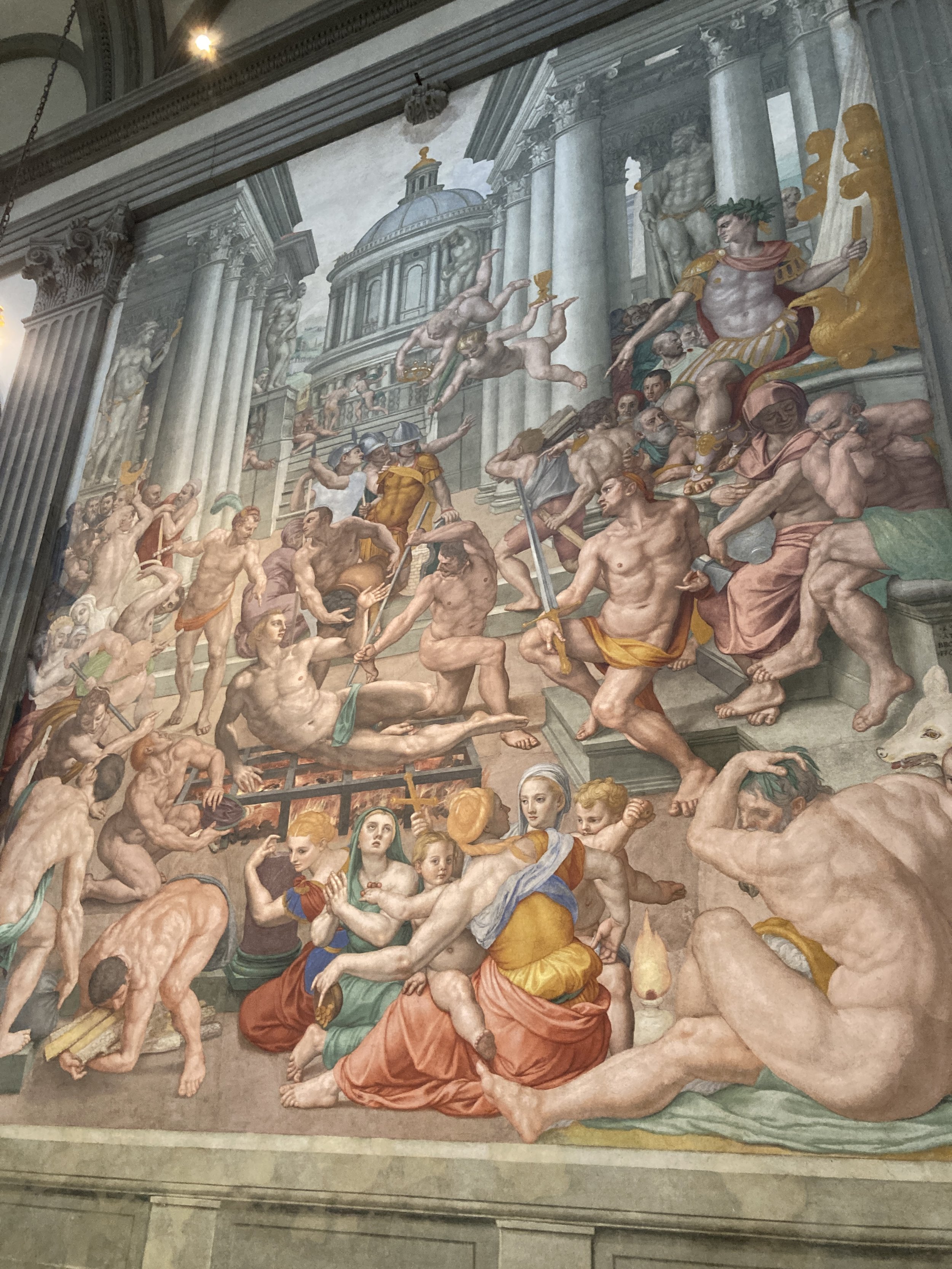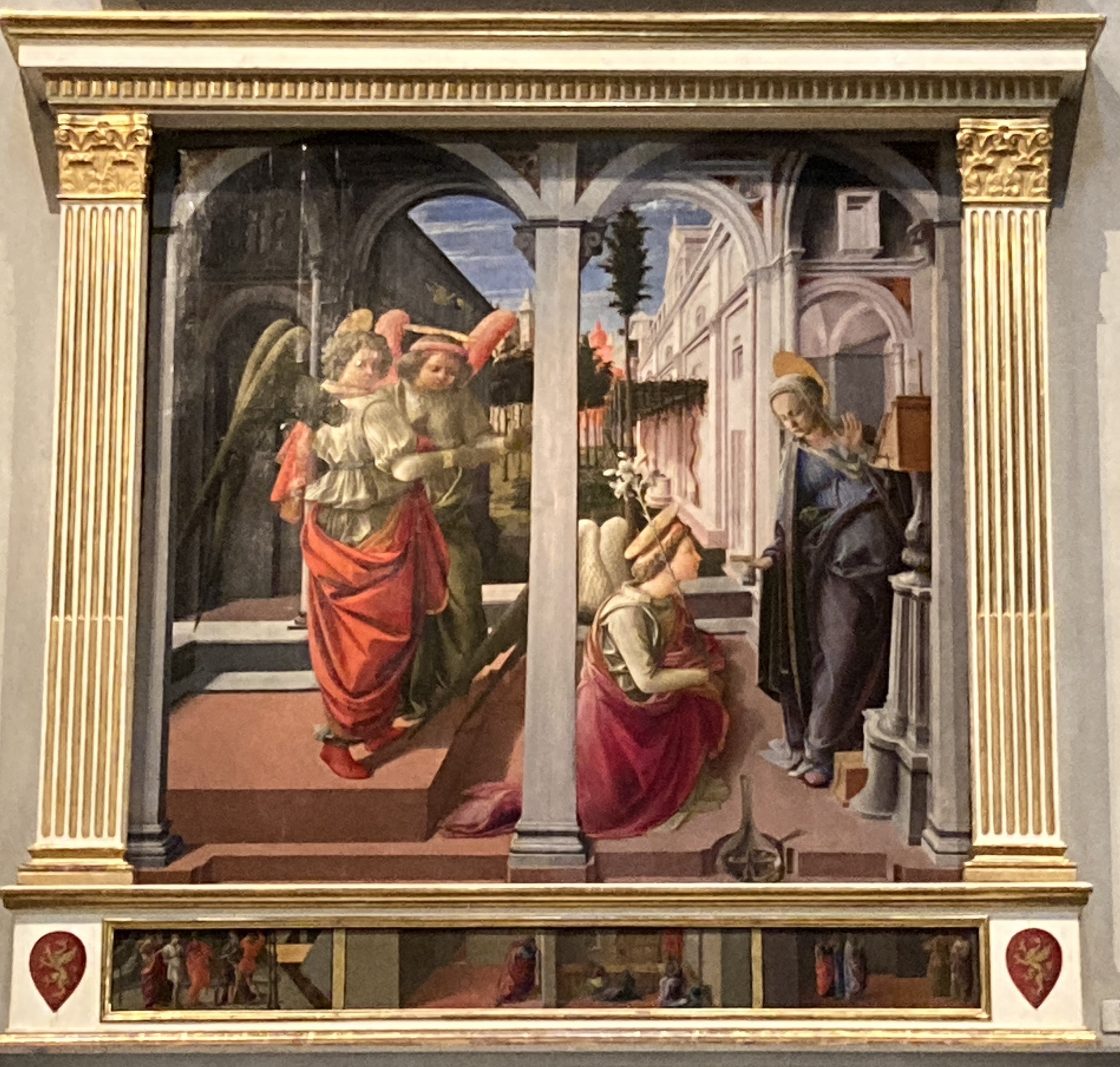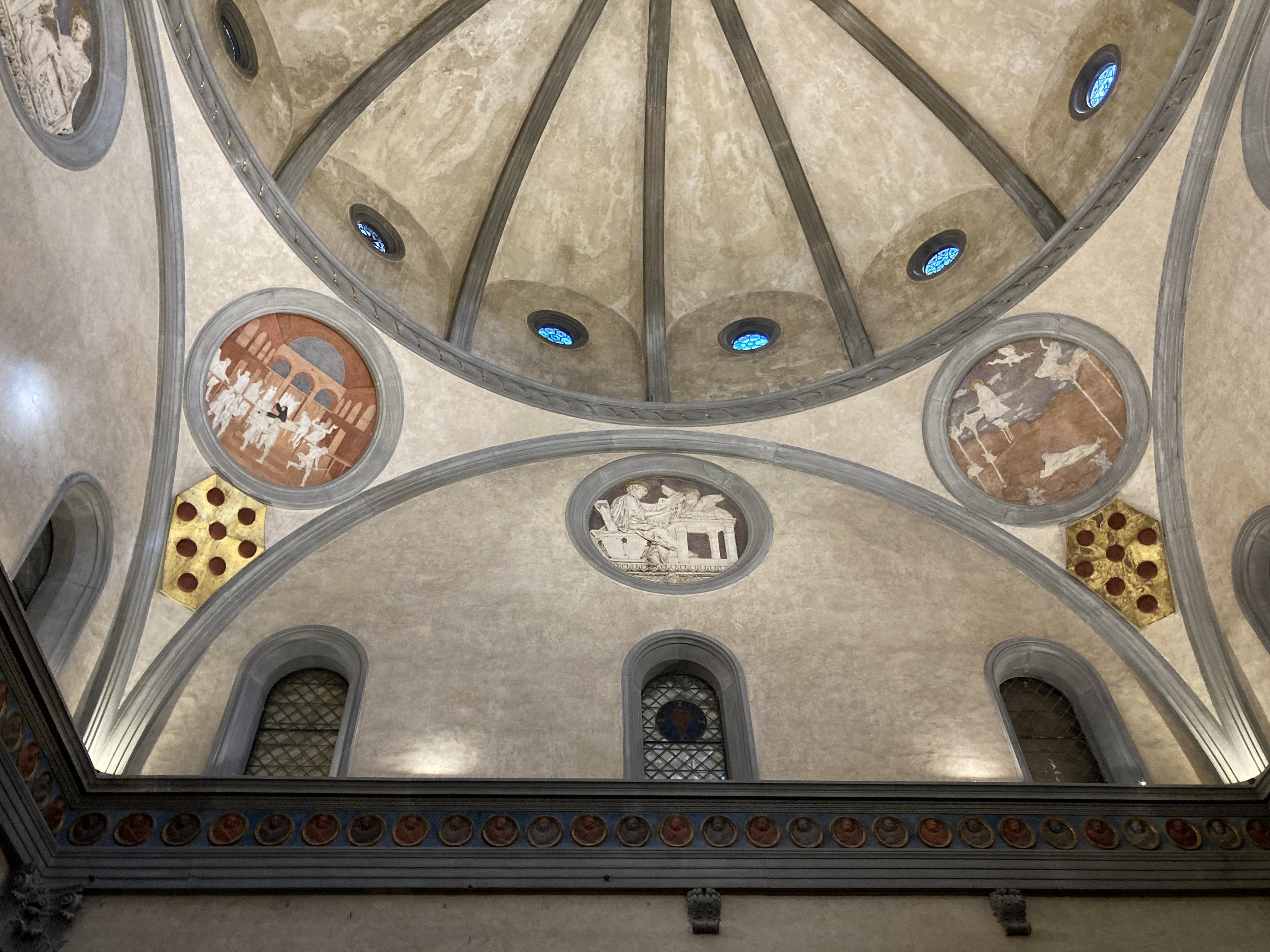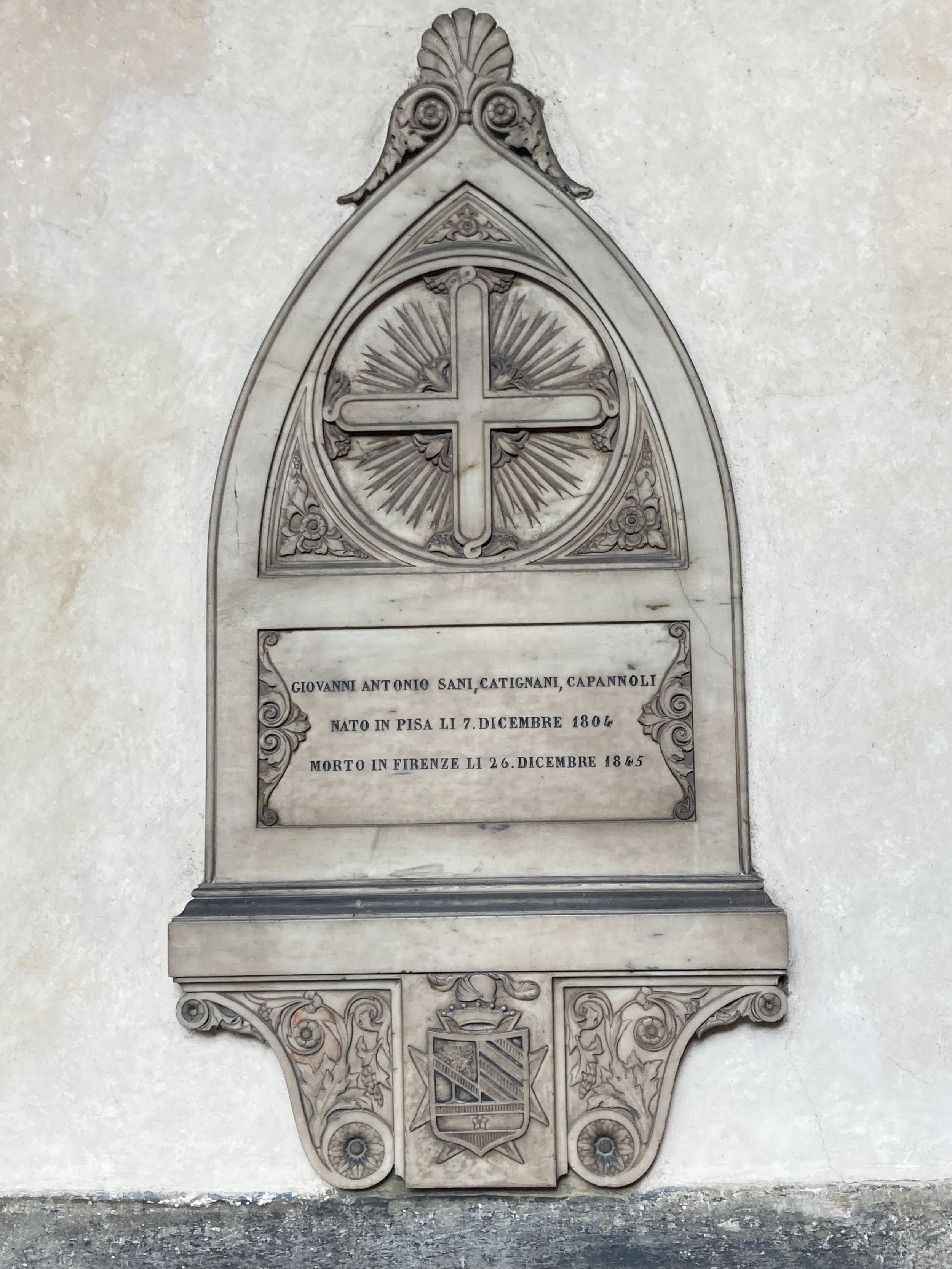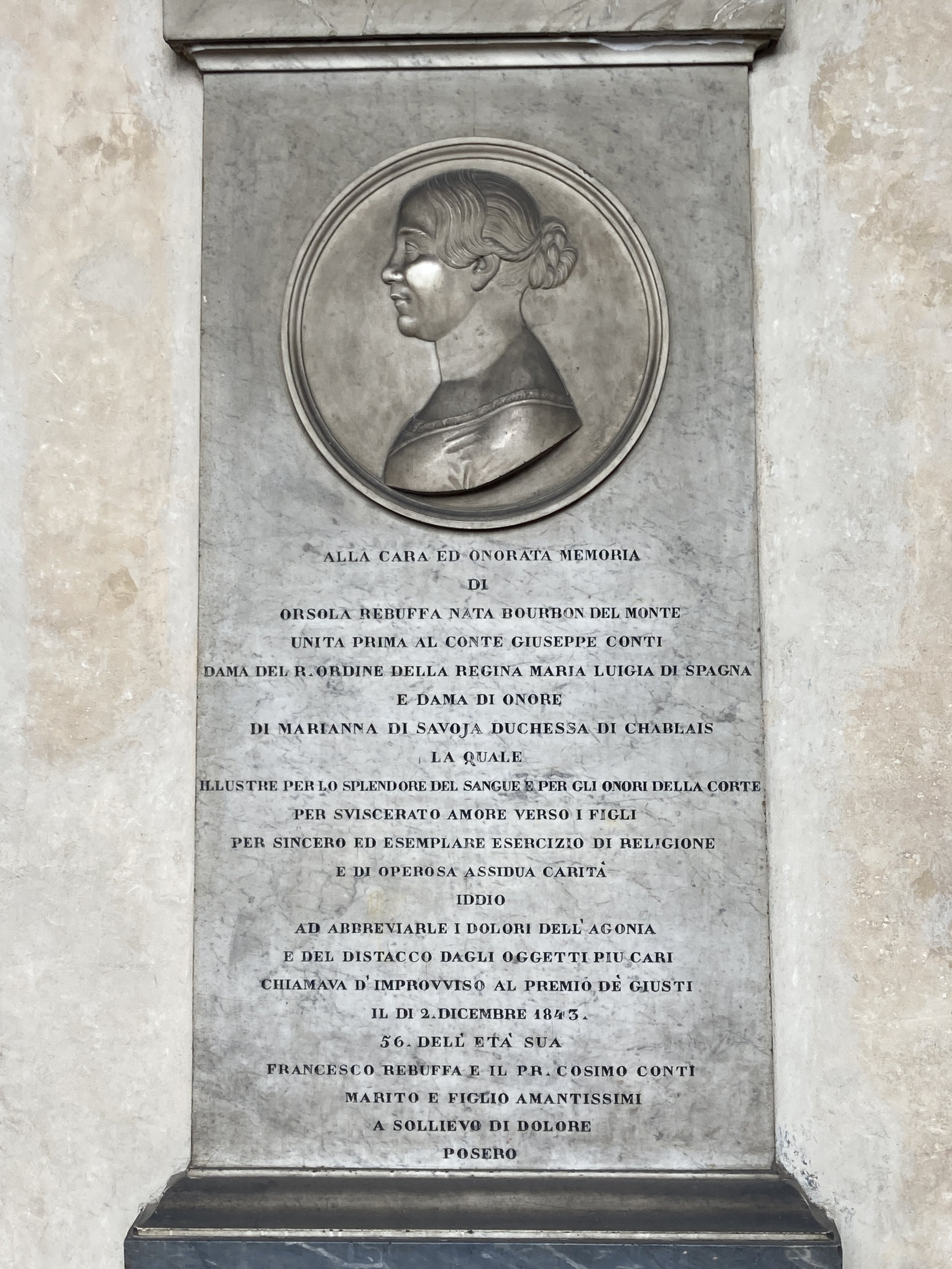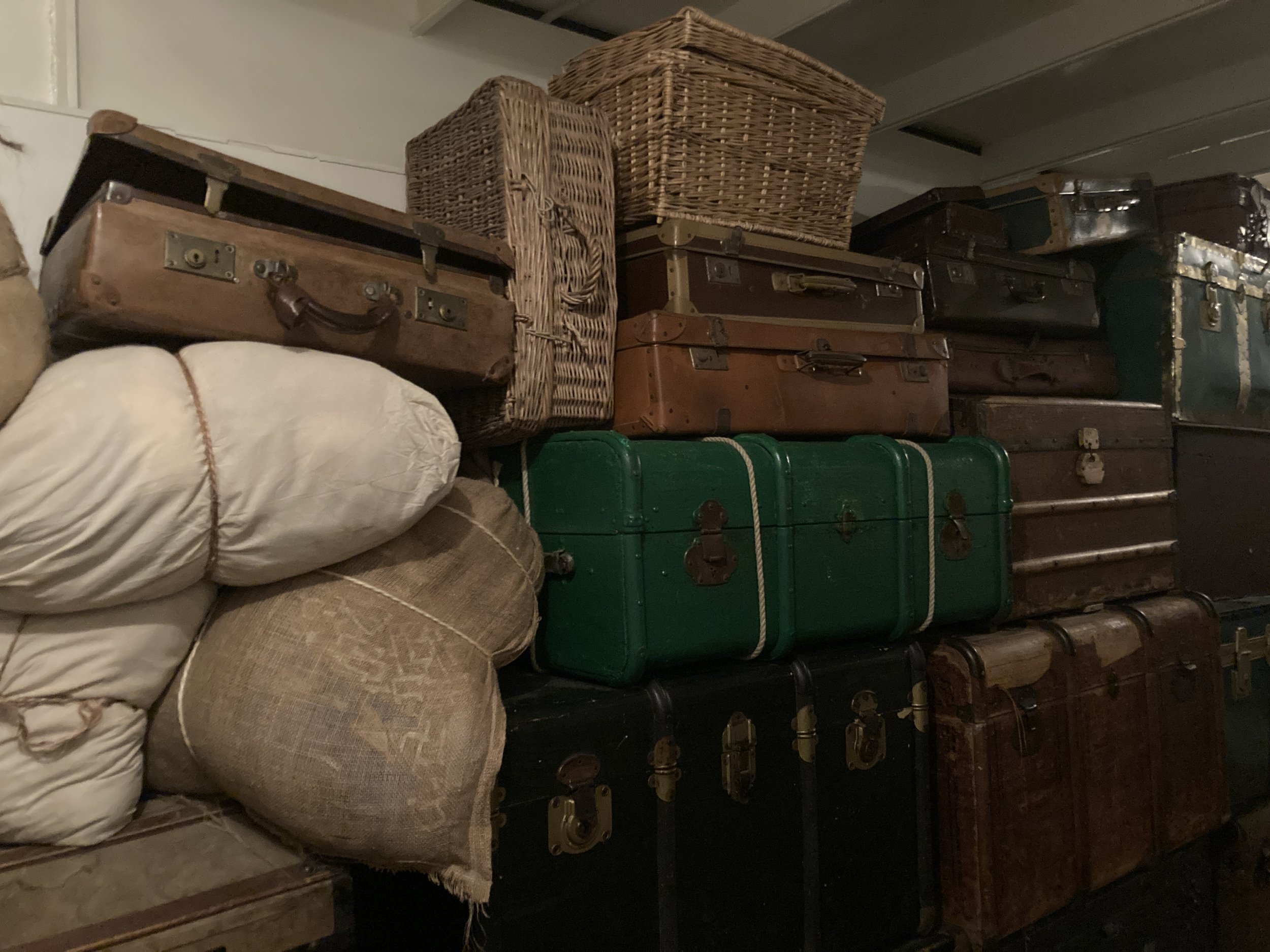Carnevale Lucca Style
Venice, 2020
If you come to Italy during the month of February, be prepared for some excitement. February is the month of Carnevale - the big post-Christmas season event that brings fun and celebration in anticipation of the more restrained period of the 40 days of Lent which precede Easter.
Picture processions, costumes, fantastic masks, balls, parties, sweets and lots and lots of confetti.
The character of the celebrations may vary, from the elegance of Venice, to the satire of Viareggio, and the many celebrations in large and small towns throughout Italy. Fun and a chance to cut loose prior to Lent are the common denominators.
Lucca, where I live, is just about 30 minutes from the seaside town of Viareggio. Viareggio plays host to Italy’s 2nd largest Carnevale event (just behind Venice’s) on successive weekends throughout most of February.
Viareggio, 2019
Paper-mâché floats are the centerpieces of the Corso Mascherato (masked route) procession which takes place along Viareggio’s seaside promenade. Some of the floats are huge, requiring a whole team to propel them forward and move their various extremities - nothing is mechanized, it’s all human powered.
Others are smaller, but all are works of art created by a carrista, a master craftsman / artisan / maker of floats. Their creations make comments, allegorical and satirical, on society, politics, culture, and a host of modern-day issues. Over the course of the month half a million plus visitors will come to Viareggio to enjoy the procession.
For the first several years that I lived in Lucca there was barely a hint of Carnevale here. A few children’s parties, some glitter and confetti, but not much else. With Viareggio just a short train ride away, none of the action came our way.
That changed in 2023 with the advent of Lucca in Maschera, a collaboration between the cities of Lucca and Viareggio to bring some of the Carnevale magic here to Lucca.
This year the festivities began on February 4th with a parade of masked groups, some 400 people strong, and some of the smaller floats / figures from Viareggio, along Lucca’s historic walls. And that was just the beginning. This year I watched the excitement of the parade from afar, as I was still in New Mexico visiting family. A big thanks to Lucca resident Sandra Liliana Pucci for the parade photos below.
Several large installations remain on display in the piazzas throughout town. I was delighted that they were still in place when I returned to Lucca last week. Walking through town to discover the various works was a great welcome home for me!
Paper-mâché Rolling Stones tower over Piazza Napoleone in memory of their concert here several years ago. A huge tiger sits under the loggia in Piazza San Michele.
This Shaman made its way from the parade on the walls to Piazza Anfiteatro. Thanks to M.A. Fisher for this photo
The whale from the Pinocchio tale fills the space in front of the tourist information center in Piazzale Verdi and huge Shamans work some magic in Piazza Anfiteatro.
Throughout February a host of other Carnevale activities are taking place. Events in Lucca include children’s celebrations, a masked ball, the return of a historic masquerade in Piazza San Francesco (an event that has been missing for several years), musical performances, and lots of good Carnevale sweets in the pastry shops.
I won’t make it to Viareggio this year, much less to Venice, but I am enjoying the Carnevale events in Lucca. Even the leftover confetti on the streets make me smile.




